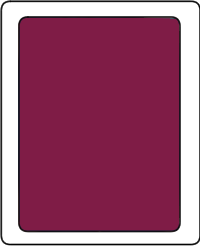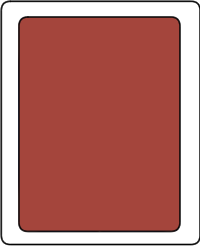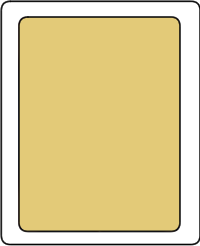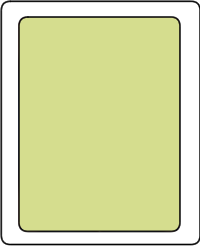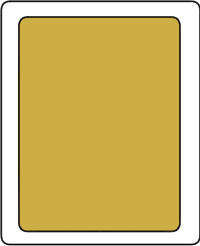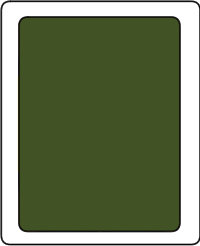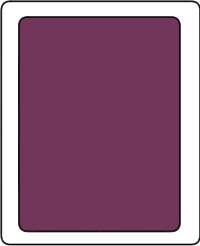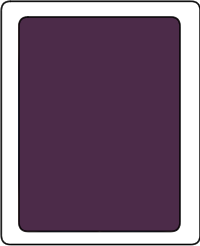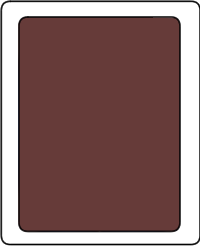Watercolor pigments by group:
Black

Just a singular pigment in this group! (Though it could have been multiple, but it was a matter of practicality and space.)
My pick goes to Lamp black PBk7 as it shows up most commonly in manuscripts, but Charcoal or a Vine black PBk8'd do just fine. Ivory black PBk9 also works but was more of a thing little later in the period.
Copper Family



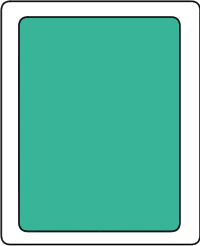
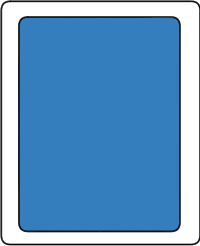
While I have the genuine pigment for most of these, the more sensible option is probably buying hues. A.Gallo has a lot of good dupes for this family--probably the closest I've seen.
The real pigments are sensitive to acids and can change color/yellow over time, but I'm curious to see by how much, so I have the real things included in my palette (for now, at least.)
- A Gallo's Copper Hue for Verdigris PG20 as that pigment's a little too sensitive even for me.
- Their Malachite Hue is a perfect color match for the Malachite I have, but it's missing the granulation-- For that, Cobalt Green PG19 is a close runner-up for dupes.
- Chrysocolla is a copper silicate pigment often found alongside azurite and malachite and often gets confused with genuine malachite--Maybe a questionable inclusion, but in medieval times apparently malachite was a word used for both substances. (I can see why, it's extremely similar, aside from chrysocolla being slightly bluer, but only slightly).
- A.gallo's Azurite hue isn't bad, but it like the malachite hue has no granulation, unlike the real stuff. The Azurite I have looks more like a granulating prussian blue.
- Egyptian Blue PB31 is an incredibly old pigment (dating back over 5000 years) and saw a decline in the early middle ages (And thought to be lost for a time until it was "rediscovered" in the early 1800s), but it's use stretches on longer than a lot of people think.
It has been found in English manuscripts
in quite a few places,
So while a rarity, any proof of it's use is good enough for me.
Plant Based
By far the largest group on the palette, Are paints made form plant material, often lake pigments. Because it's so large, I've split it into color sections below!
Indigo/Woad NB1 (Blue)


2 pans of the same pigment, one I purchased from A.Gallo (A moody dark shade) and a quarter pan I received as an additional order bonus from texas wild color (A little bluer).
A very pretty color! Downside is that due to the fermentation required in processing it can smell like cat pee.
It was super strong when I first got the pan from A.gallo-- with a bit of use it's calmed down, but opening the palette after a long break sometimes catches me off guard.
However, it is a pretty color and I like the texture the organic matter produces, and my actual paintings don't smell, so I use it for personal works. (Like this Xael painting.)
Smalt
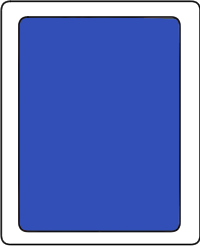

I have Smalt PB32 in 2 beautiful versions from Prodigal Sons Pigments, a 400s version that's approaches a usable pigment and 200s which is suuper coarse.
I'd recommend a granulating cobalt PB74 for this one as it's the closest thing, otherwise this one could be skipped as it's not a common pigment in manuscripts.
however, it's been identified in them all the same,
so I'm happy to include it.


I'm not fancy enough to afford genuine Gold and Silver paints, so regular metallic imitations do me just fine.
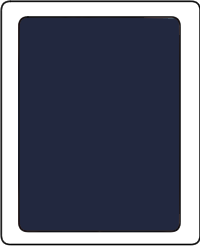

This section could (and maybe should) be cut entirely if you're looking for a more accurate palette. But I have these pigments and there's space in the palette for them.
- Vivianite Genuine: Used since antiquity. No mentions of it in medieval manuscripts that I could find, but a known material at the time, which is good enough for me. In goes the bog blue.
- Walnut: A common dye product of the time. used as an ink, but not as a pigment. However, since I only have the pigment version, that's what I'm including.
